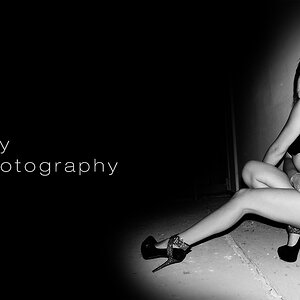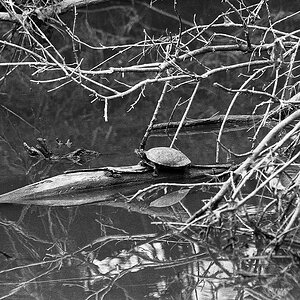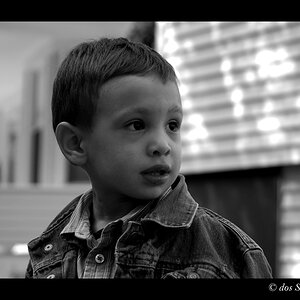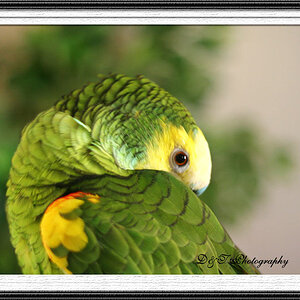erotavlas
TPF Noob!
- Joined
- Mar 14, 2009
- Messages
- 156
- Reaction score
- 6
- Location
- Toronto, Canada
- Can others edit my Photos
- Photos NOT OK to edit
Hi I was wondering if there are differences in the thickness of the slide films out there today. I tried a roll of Fuji Velvia 100 recently and then scanned it with Epson Photo scanner and I had terrible results (the light just couldn't penetrate well through darker areas)
But I remember using a roll of Kodak Ektachrome 200 many years back and it scanned so much better than the Velvia
So I was wondering if there is in fact a difference in the thickness of slide films that would affect the outcome of a scan or is it only dependant on the exposure.
If there is a difference can anyone recommend a slide film that exists today that would be best. (strictly considering the ability of the scanner light to penetrate the film)
Thanks for any advice
But I remember using a roll of Kodak Ektachrome 200 many years back and it scanned so much better than the Velvia
So I was wondering if there is in fact a difference in the thickness of slide films that would affect the outcome of a scan or is it only dependant on the exposure.
If there is a difference can anyone recommend a slide film that exists today that would be best. (strictly considering the ability of the scanner light to penetrate the film)
Thanks for any advice









![[No title]](/data/xfmg/thumbnail/41/41778-1940e957c27e1919c300dfedbc32d1c3.jpg?1619739889)
![[No title]](/data/xfmg/thumbnail/35/35666-9f404fab7b896e4ec114160079fa71c6.jpg?1619737090)
![[No title]](/data/xfmg/thumbnail/38/38738-7933157d1b8968c986eeeab2d1828524.jpg?1619738703)

![[No title]](/data/xfmg/thumbnail/38/38734-a0c4ec46a440db881aca3700b0c62879.jpg?1619738703)